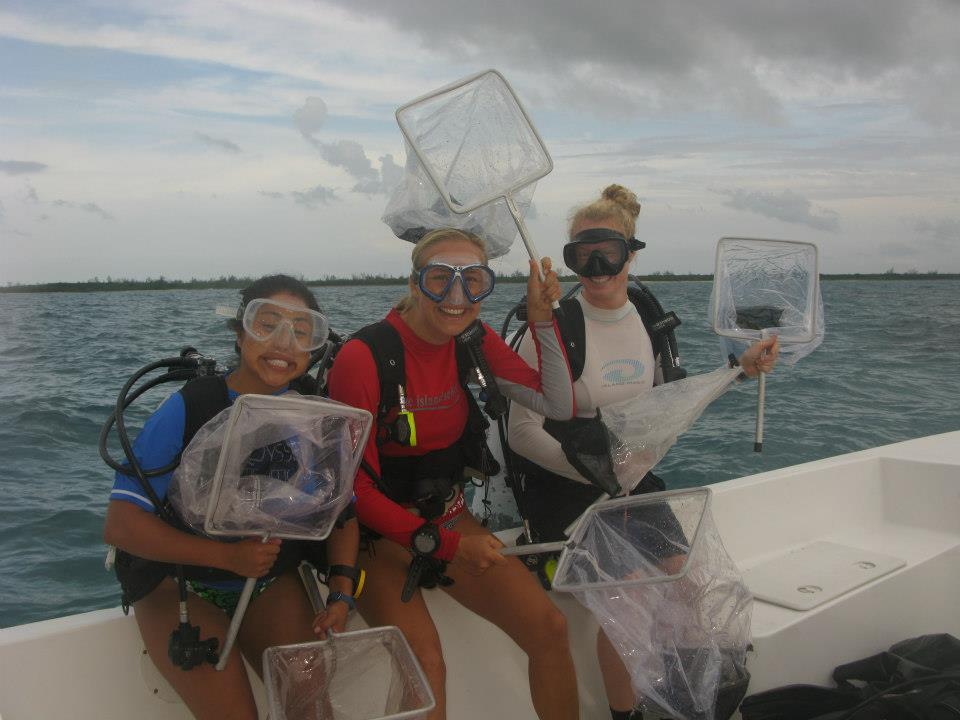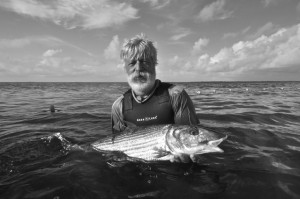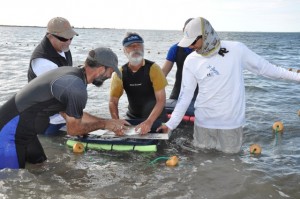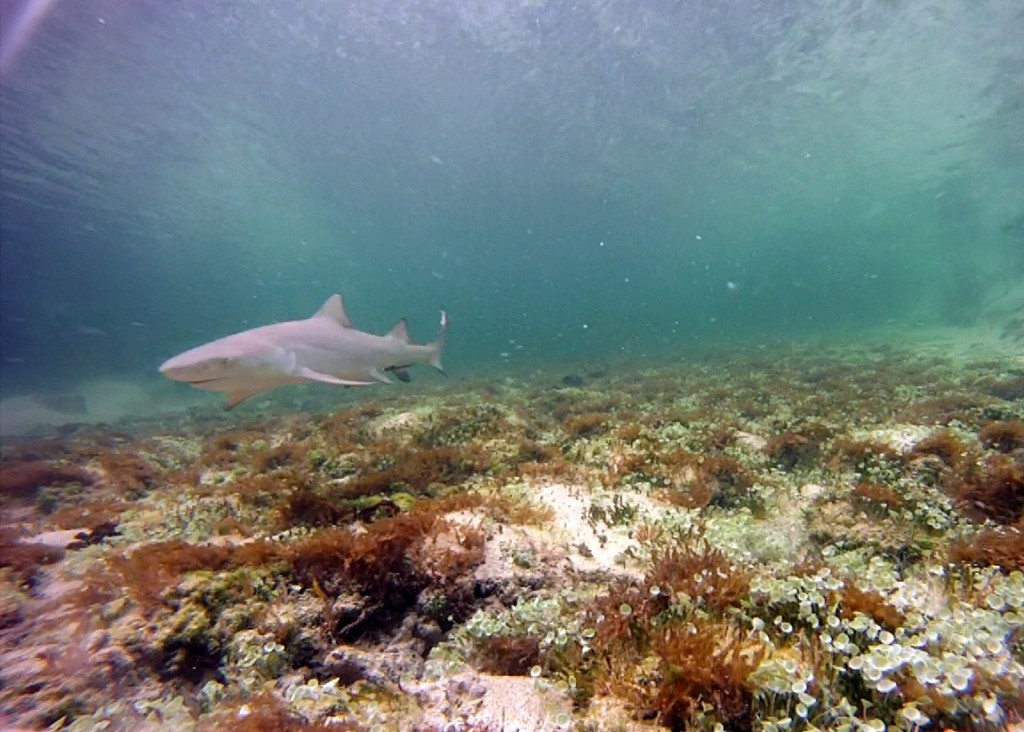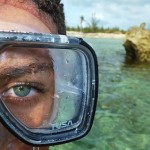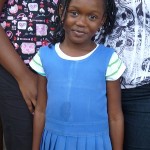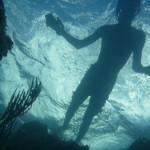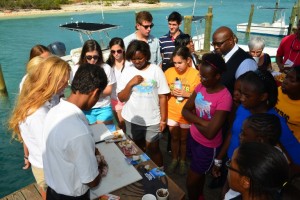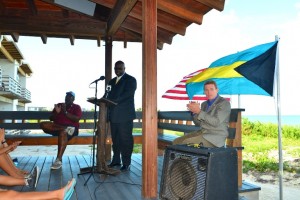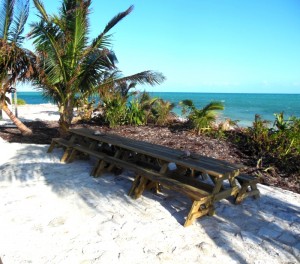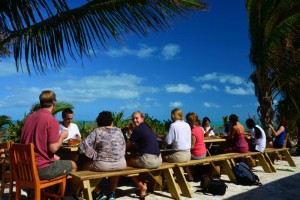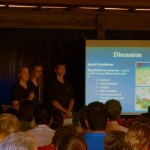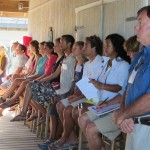While CEI will be welcoming a new bunch of Spring interns in January, one intern is already at CEI, getting off to an early start in the Sustainable Aquaculture Program.
 Tom Keet, from South Africa, attended Stellenbosch University near Cape Town, SA. He just finished his undergraduate degree in Aquaculture, and is putting to use what he learned in the CEI wet lab. Tom heard about CEI while researching sustainable aquaculture projects, and decided to apply for a spring internship.
Tom Keet, from South Africa, attended Stellenbosch University near Cape Town, SA. He just finished his undergraduate degree in Aquaculture, and is putting to use what he learned in the CEI wet lab. Tom heard about CEI while researching sustainable aquaculture projects, and decided to apply for a spring internship.
Tom is helping to establish a pilot study on the feasibility of culturing spiny lobster in the lab. With his knowledge of aquaculture systems and his strong work ethic in the field, Tom is a valuable addition to team CEI. While here, Tom says he plans to enjoy his time working in the ocean, strengthen his experience in aquaculture, and fish in his free time. Tom plans to head back to South Africa in June to pursue a Master’s degree in Aquaculture.
